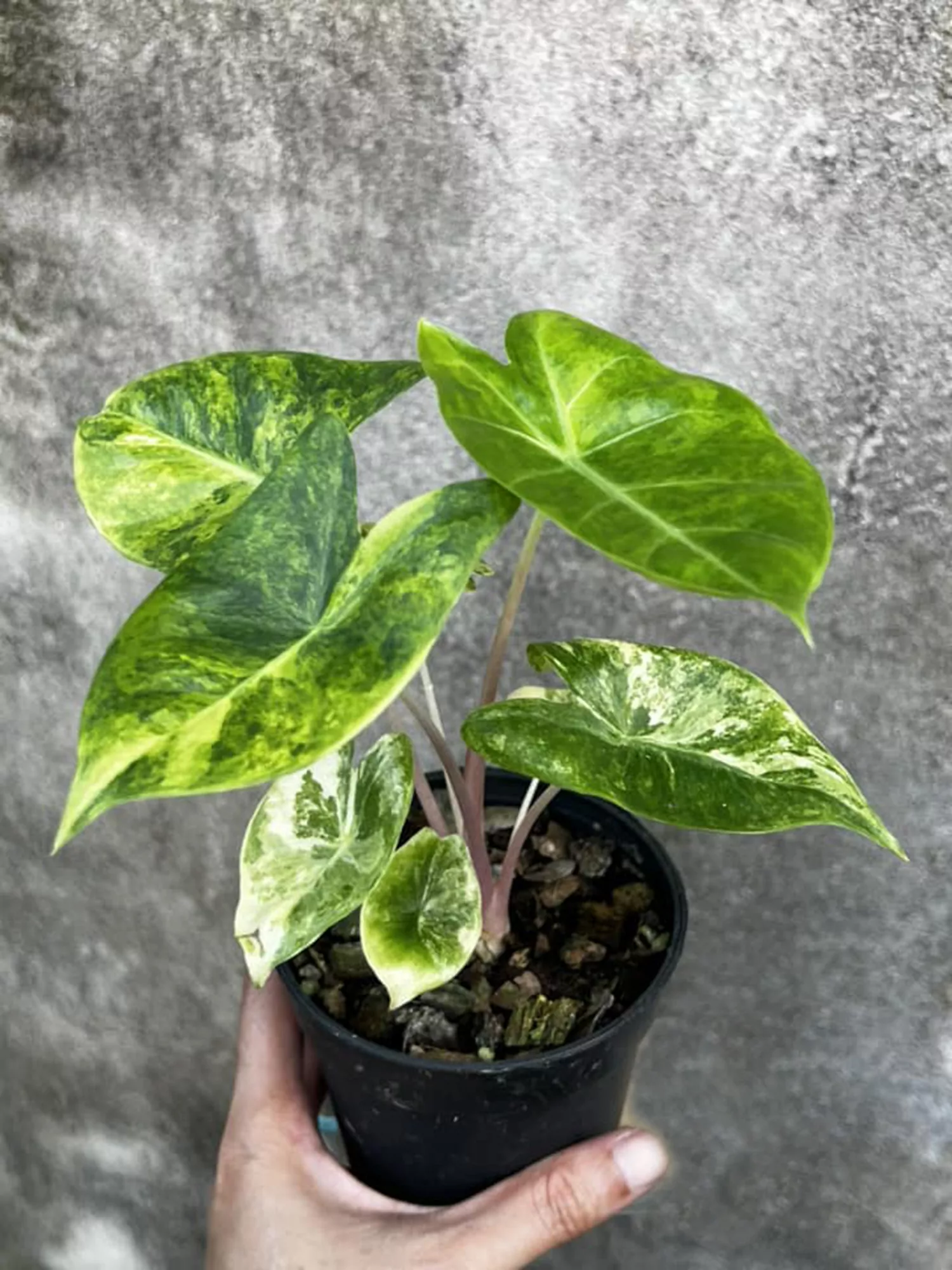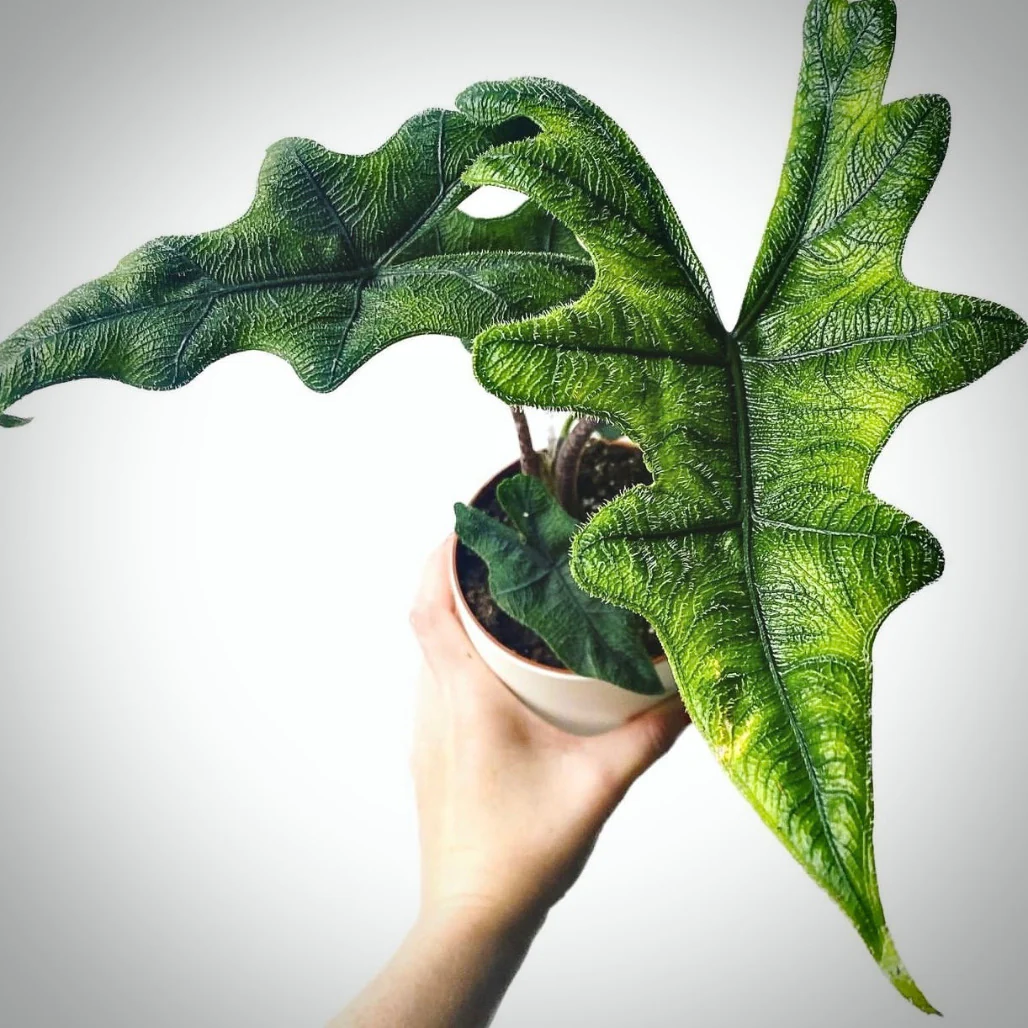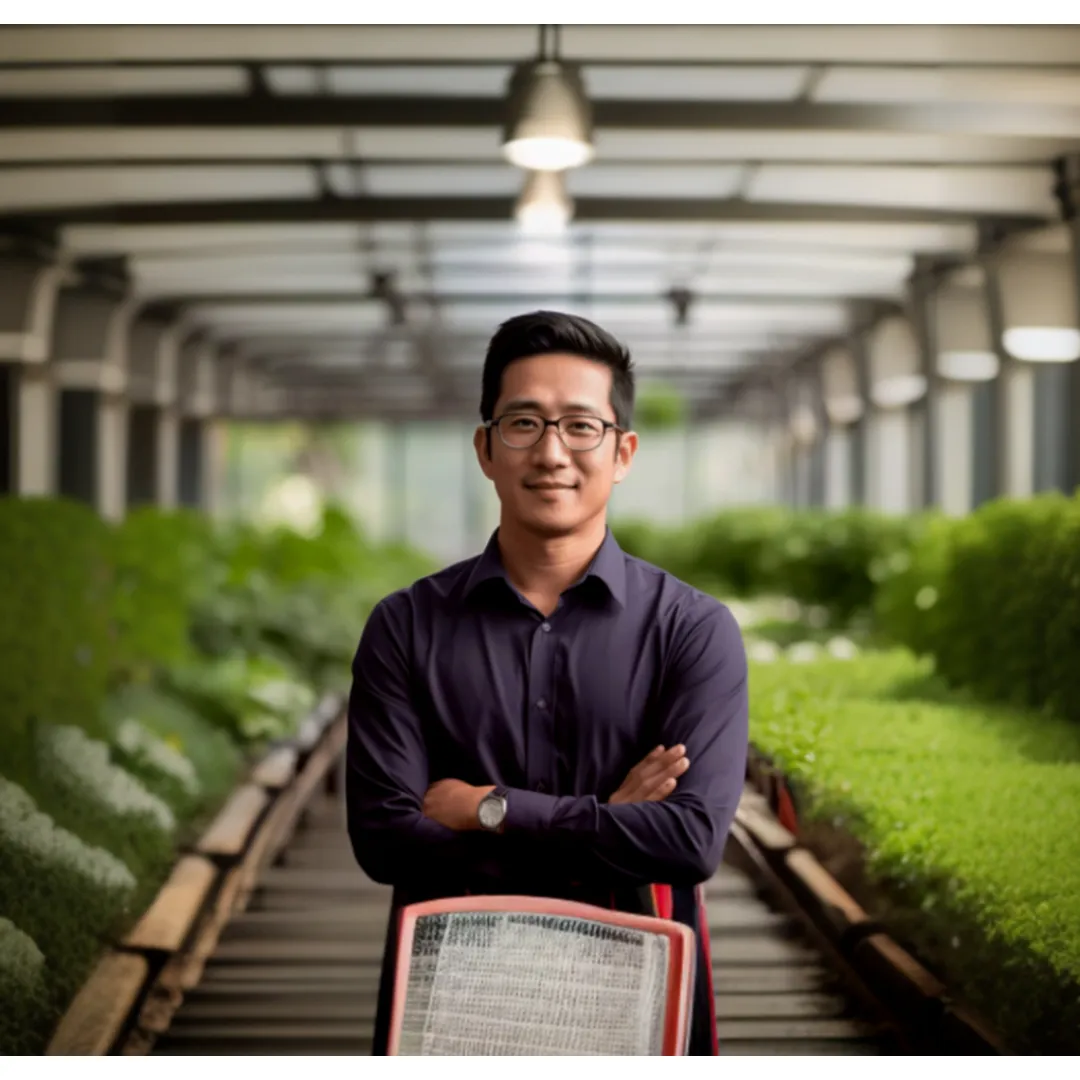The Alocasia genus is a fascinating group of plants that make up the Alocasia family. These tropical perennials are known for their uniquely shaped leaves and stunning flowers. In this article, we’ll explore 5 key things you should know about this remarkable plant family.

Origin and Natural Habitat
Alocasias are native to the tropical and subtropical areas of Eastern Australia, Southeast Asia, and Eastern India. They thrive in hot, humid environments with evenly warm temperatures year-round.
Native Regions
- Eastern Australia
- Southeast Asia
- Eastern India
In their natural habitat, Alocasias grow along the forest floor or as epiphytes on the trunks and branches of trees. Their large leaves allow them to capture sunlight in the dark understory of the rainforest.
Typical Growing Conditions
- Hot and humid
- Evenly warm temperatures
- Low light forest floor and trees
- Tropical and subtropical forests
Leaf Morphology and Adaptations
One of the most striking features about Alocasias is their uniquely shaped leaves. These leaves have specialized adaptations that allow the plants to thrive in their native habitat.
Unique Leaf Shapes
- Arrowhead-shaped
- Heart-shaped
- Spear-shaped
- Oval with wavy margins
The various leaf shapes maximize light capture while allowing rain and debris to easily roll off. Plants with arrowhead and spear-shaped leaves tend to grow in brighter areas, while heart-shaped and oval leaves indicate shade-dwelling varieties.
Unique Leaf Adaptations
- Drip tips to shed water
- Rigid leaf veins
- Mottled leaf patterns
- Upward-facing leaves
Other helpful leaf adaptations include drip tips that allow water to easily run off, rigid veins that add support, and mottled patterns that filter brighter light. Some varieties have leaves facing upwards to capture more sunlight.
“Explore the Exceptional 2023 Alocasias Variegata Collection: A Curated Selection of the Rarest and Most Unique Varieties Available.”

Growth Habits and Size
Alocasias can grow as solitary plants or in clusters emerging from an underground stem called a rhizome. Their size can range hugely among the 70-80 different species.
Solitary vs Clumping Varieties
- Solitary plants grow as individual stems
- Clumping varieties produce multiple stems from rhizomes
Plant Size Range
- Small varieties under 2 feet
- Medium varieties up to 5 feet
- Large statement varieties over 6 feet tall
The smallest Alocasias may reach just a foot tall, while larger upright varieties can exceed 6 feet in height. Most houseplant Alocasias range from 2-5 feet in containers.
Stunning and Fragrant Flowers
While their leaves may get more attention, Alocasias produce delicate flowers on erect spikes that emerge from the plant. These blooms have a light, sweet fragrance.
Flower Appearance
- White, cream, green, or purple
- Delicate texture
- Fragrant
Flowering Habits
- Appear on erect spikes above foliage
- Tend to bloom in warmer months
- Some species flower more readily than others
Flowers range in color from white to cream, green, yellow, or light purple. Their fragrance is often described as light and sweet. Some Alocasia species and hybrids bloom much more readily than others.

Toxicity and Allergenic Issues
While lovely to look at, all Alocasias contain needle-shaped calcium oxalate crystals called raphides that make them toxic if eaten. The sap can also irritate the skin.
Toxicity Caution
- Toxic if ingested
- Contain calcium oxalate raphides
- Can cause temporary irritation
Possible Allergic Reaction
- Rash or skin irritation
- More common with sensitive individuals
The toxic sap and plant material can cause anything from mild irritation to more severe reactions in sensitive individuals. This includes rashes, swelling, and other problems if handled extensively.
Ideal Growing Conditions
While adapting Alocasias to home growing can be tricky, they make excellent houseplants if provided with proper care tailored to their preferences.
Light Requirements
- Bright, indirect light
- Some direct sun for a few hours
- Low light causes decline
Alocasias need bright, filtered light for several hours a day, with a few varieties tolerating some direct sun exposure. Too little light leads to poor growth and dropped leaves.
Water and Humidity Preferences
- High humidity
- Even moisture
- Dislikes completely dry soil
These tropical plants prefer consistent moisture and high humidity. Their large leaves lose water quickly in dry indoor air, so maintaining humidity is key.
Soil and Fertilizer Needs
- Rich, fertile potting mix
- Regular fertilizer in growing season
Use a rich organic potting mix and fertilize regularly in the growing season to fuel fast foliage growth. Dense soil that retains moisture is preferred.
Ideal Temperature Range
- 65-80°F
- Avoid cold drafts
Alocasias grow best with warm to hot indoor temperatures between 65-80°F and should be kept away from cold windows in winter. Cool conditions slow growth and can trigger dormancy.
See more 5 Must-Know Tips for Growing Alocasia: The Elegant Elephant Ear

